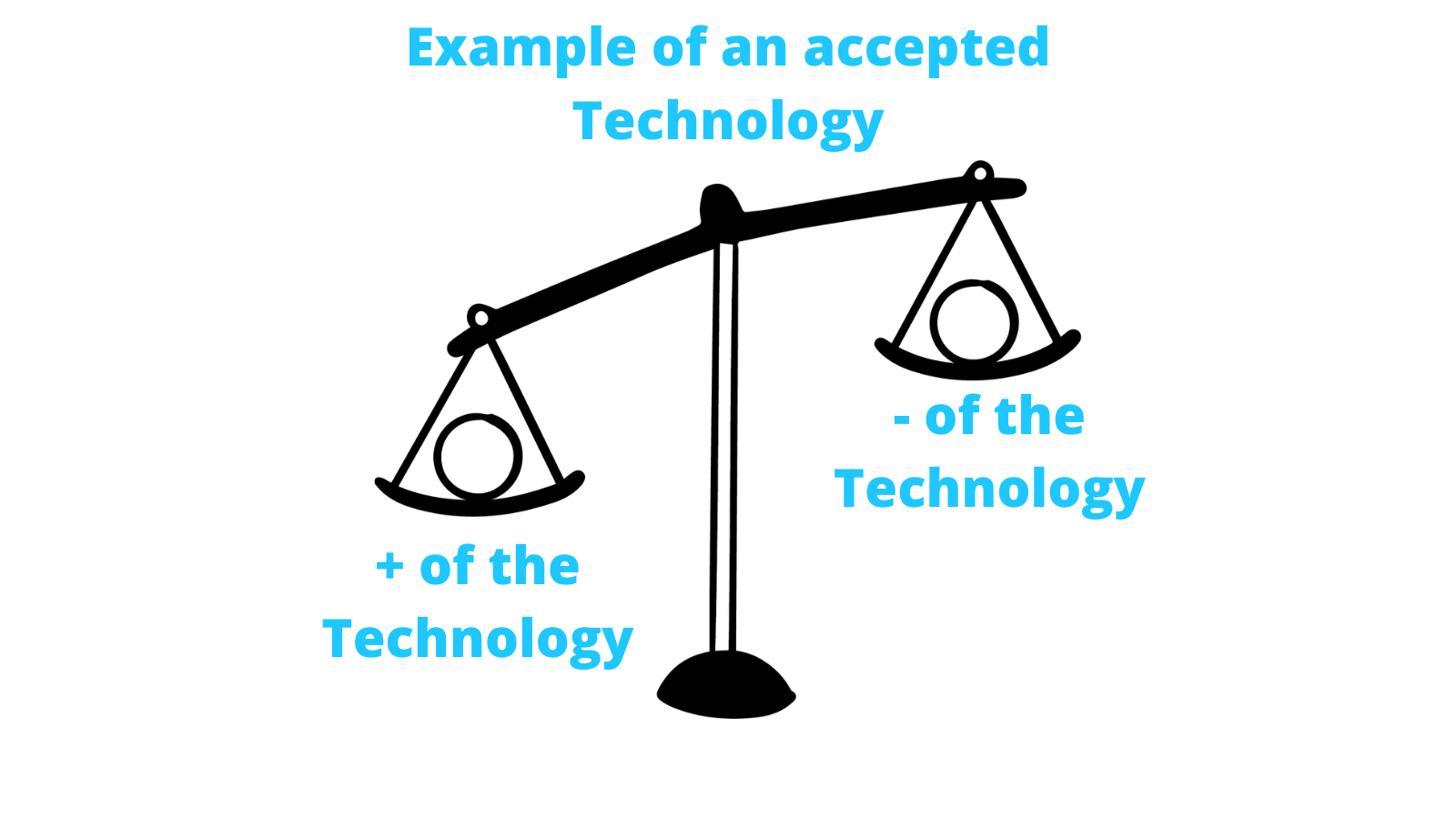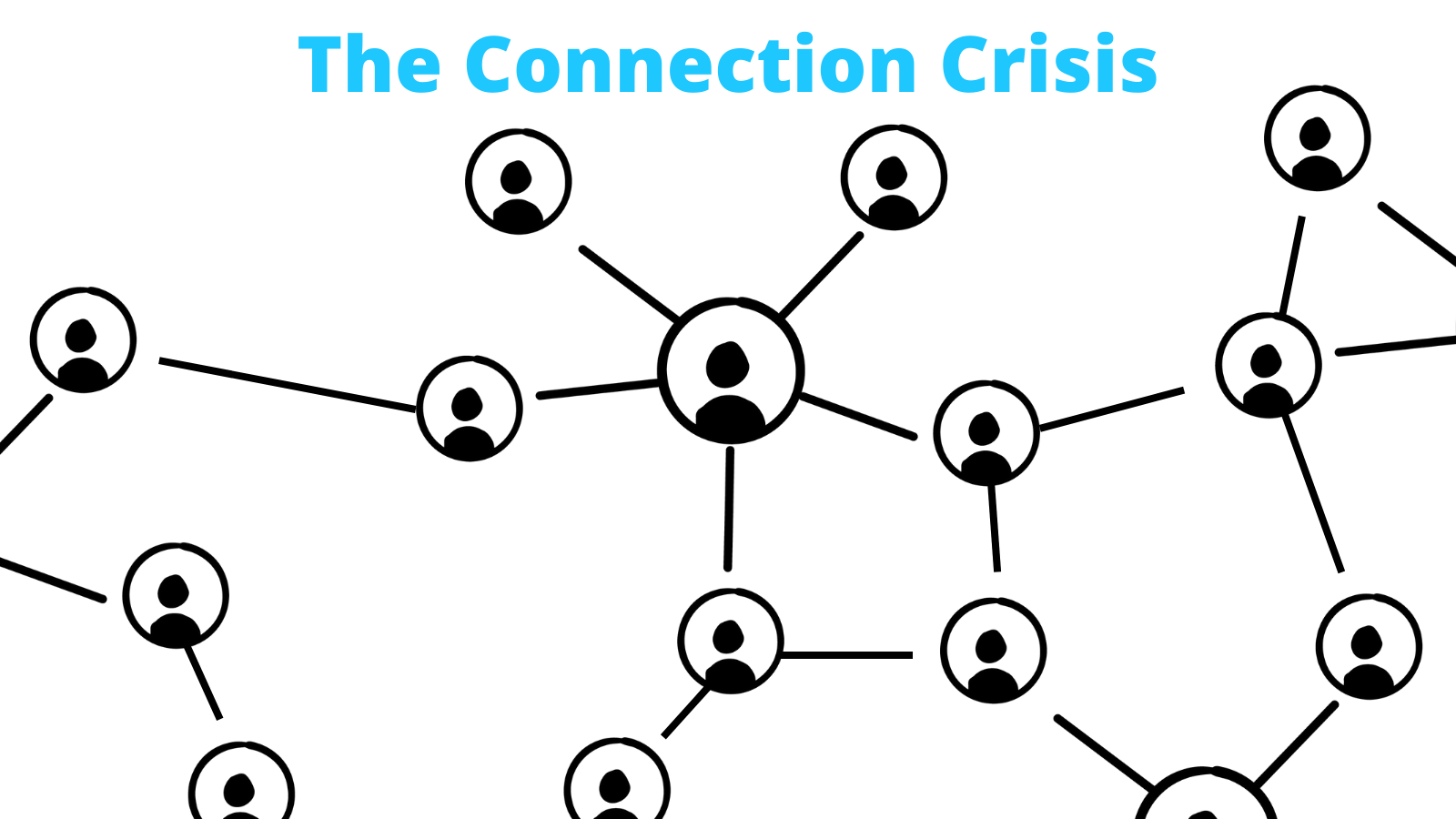🧑🌾What The Amish Can Teach Us: Technological Minimalism

People's popular understanding of the Amish is they are frozen in time, relics of a bygone era. But the Amish philosophy is nothing like we think it is. And it has profound implications for the digital age we live in today.
The Amish Philosophy
As Kevin Kelly elaborates in his 2010 book, What Technology Wants, the notion of the "Amish as Luddites (technology haters) disappears once you spend some time on their farms. Some allow a gas-powered wheat thresher but require horses to pull the smoking, noisy contraption."
It turns out Amish people are surprisingly, pro-technology.
How do they choose where to draw the technological line? The Amish philosophy boils down to this: they start with what they value most and backtrack. What do they value? The classic trifecta: family, community, and god.
When a new technology comes, the community assigns a sort of "alpha geek" to try it out. Then the whole community observes the first adopter intently, measuring how the technology affects what the Amish community values most. If the technology inhibits their values more than expressing them, it's prohibited. Otherwise, it's usually allowed with some caveats.

This leads to some hilarious cases of technological flexibility.
Some Amish communities let members hire but not own cars. The friction of having a car discourages people from using the supermarket instead of the local farmers' market. In addition, it keeps members inside the community rather than frequently traveling outside it.
Some Amish communities allow for electricity but reject the grid bringing it into most American homes. They want to maintain a separation from the wider outside world.
Finally, my personal favorite: some Amish communities don't allow for a butter churner machine. I honestly have no idea why they can't use an electric churner. Maybe they want to keep the animals in the barn company.
Addition Through Subtraction
This system works so well because the Amish people have ingrained a thought provoking philosophy: Addition Through Subtraction (ATS). ATS is the art of making your life better by subtracting the number of things in it rather than adding more.
Leidy Koltz details this concept in his fantastic book Subtract: The Untapped Science of Less. His studies found humans, whether building, writing, cooking, or scheduling, had an innate tendency to add rather than subtract.
Yet the concept of subtraction is more useful than ever before.
We live in an age of information abundance. There has never been more we could add. Ads for everything get pelted in our faces. Cereal boxes, watches, subscription platforms, televisions, and so much more. New technologies continue to come out every year.
This overwhelming amount of information leaves us feeling distracted, lost, and, most importantly, as if something is always missing from our lives.
The internet has made us connected to everyone. But by being connected to everyone, we ironically are more isolated than ever. Instead of conversing directly with closest friends and family physically or through video calls, many connect through far off text and social media platforms. In many ways, these connection techniques trade genuine intimate conversation for ease of use.

The solution isn't to stop using technology entirely but to take some insight from the Amish philosophy. Learn to add through subtraction. Ingrain the cliche that less is often more.
Before adopting a technology into your life, ask yourself if it improves what you value most. For the Amish, this is family, community, and god. For me, there are three things I'm focusing on most right now:
- My Health
- My Relationships
- My Teaching
If technology doesn't help me in some way with one of these three things, I probably won't allow it in my life. Let's run through each of these values and see why I allowed or didn't allow a technology into my life.
My Health:
One technology I recently started using is an app called Zombie Run on my mobile phone. Essentially, it's an app that makes me feel like I'm in an apocalyptic zombie scenario while running. As I run more, I progress in a storyline and get more resources to build up my survivor base. Sometimes the game tells me to speed up because there are "zombies on my tail." I gladly accepted this technology into my life because it helps motivate me to run more often. And, of course, because zombies are awesome.
One technology I stopped using, however, is MyFitness Pal, especially during vacations with family and friends. It made me spend too much time obsessing over calorie counts and macronutrient profiles when I wanted to be in the moment with the people I went with. I had an unhealthy relationship with food. In this way, my focus on Health is affected by my focus on Relationships. This happens all the time. Your values will naturally influence each other.
My Relationships:
Another technology I have used for a while is What's App. It's like normal text messaging except it allows for seamless calling with people outside of your country on Wifi. You don't have to pay anything. This makes it vastly easier for me to converse with relatives and friends outside the United States.
However, a whole group of technologies I have stopped using are social media platforms (all except for Twitter). I believe these apps promote connection over conversation. We can only feasibly form deep friendships with 4-5 people. Yet, most people I know have hundreds or thousands of "friends" on these apps. And some of them spend as much as four hours a day scrolling like robots through their feeds.
My Teaching:
One app I have been using for the past year and a half is Roam Research. I'm willing to spend the hefty 80 dollars annual subscription because its unique outlining properties make it vastly easier to organize and draft for my teaching (creating YouTube videos, Blog Posts, and Newsletters) compared to something like Google Drive.
Finally, over the past two years, I have stopped using YouTube nearly as much as I once did. When I allowed myself to use it at all times, I spent more time watching videos than creating my own to teach others the things I had been learning. I still use it sometimes, but only to research how others teach through the YouTube platform.
As you can see, by using ATS, I can add or subtract technologies based on my three main values in life.
Now it's your turn.
I suggest you get a piece of paper and brainstorm some ideas for the three things you want to focus on most. Then, question every one of the technologies you use in your life against these values.
Understand they could change at any time. ATS is a flexible philosophy. But if the Amish have been doing it for hundreds of years, you can try it out for at least a few weeks.
Thanks to Astrid Helfant and Ian Helfant for the conversations which helped form this post.
